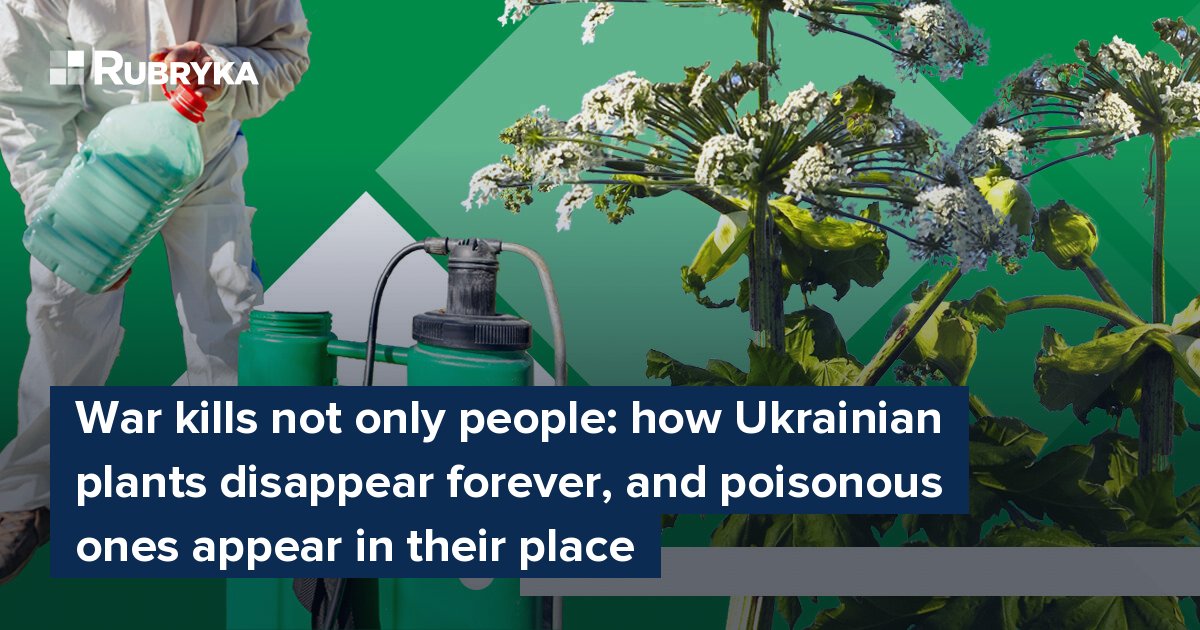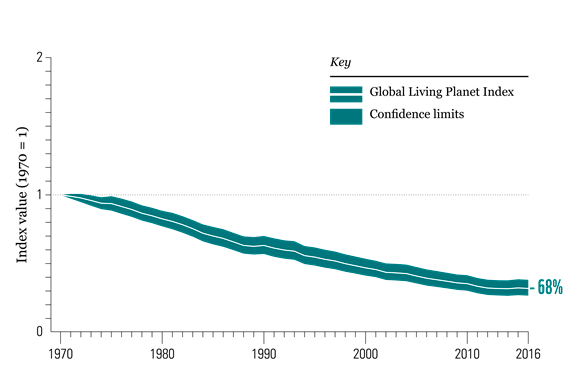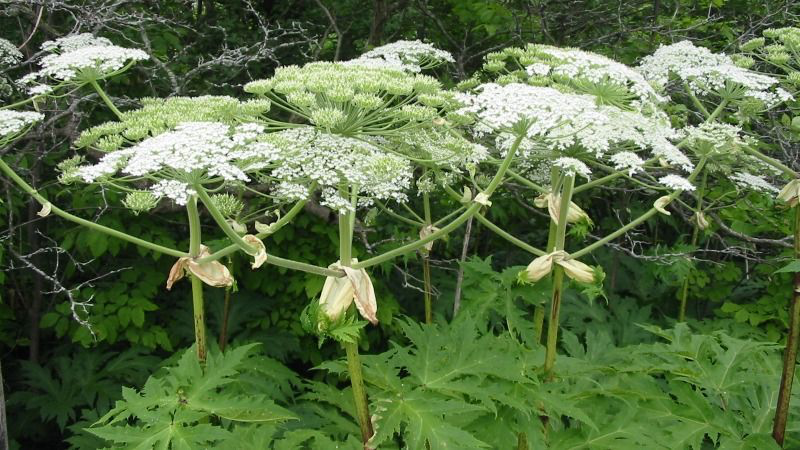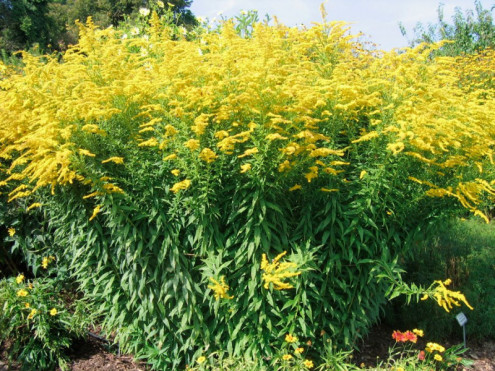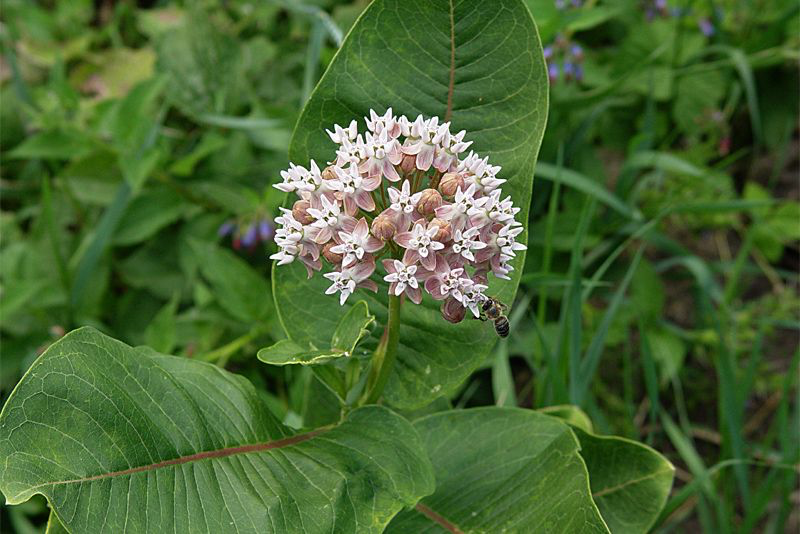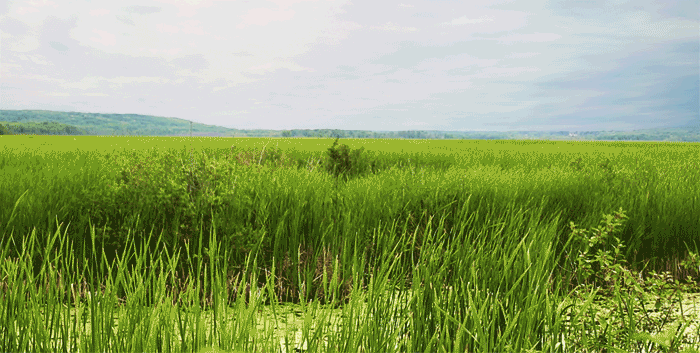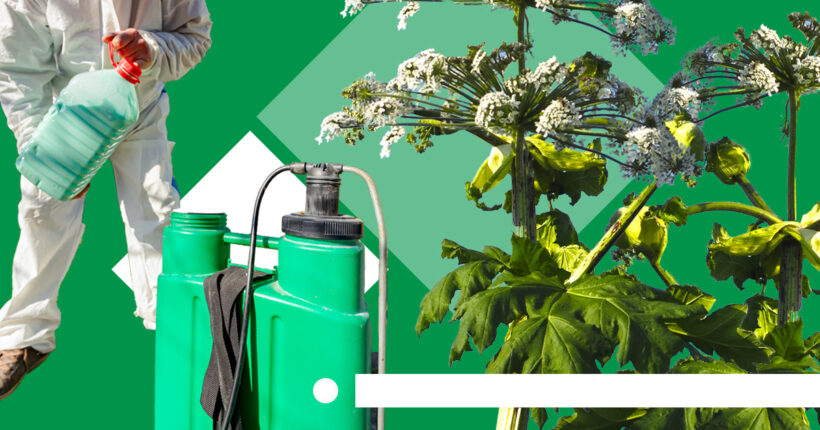
What is the problem?
The international portal Living planet index provides statistics on the disappearing of biodiversity: from 1970 to 2016, the number of populations decreased by 68%; in other studies, scientists record the beginning of the sixth extinction and talk about the disappearance of 70% of living species. Agree that the data is disappointing.
Not to panic, learn to read statistics correctly
However, scientists advise not to panic and learn to read statistics correctly. To better understand what's what, Rubryka turned to the ecologist, employee of Zoology Institute at the National Academy of Sciences of Ukraine, and head of the Ukrainian Nature Conservation Group public organization Oleksii Vasyliuk.
"It's necessary to understand that these statistics are 'average high' data," the scientist explains. "On the one hand, biologists say that we have managed to describe a maximum of 10% of life on Earth, but suddenly someone says that 70% of species have disappeared. Of course, life on Earth is rapidly dying out, but I don't understand how you can operate with specific numbers if we don't even know how many species we have on the planet?"
According to Vasyliuk, using such numbers is not very honest. Living organisms live deep underground, which practically no one has yet studied. There is a soil fauna, and there will be tens of thousands of individuals of various tiny organisms in every handful of soil: the simplest bacteria and larger organisms, such as soil mites and microscopic worms that form the ground. These are tens of thousands of creatures, and no one can say how many species there are on the planet.
"It would be unreasonable," says the scientist. "No one has 100% understanding of such information, but the Living planet index doesn't talk about such unstudied groups but tries to present this data more objectively. They talk about large animals, of which it is more or less clear how many species there are. Agree, finding a new species of predator or ungulate is very rare these days! So the figures on the disappearance of the number of mammals are already more realistic data. Large statistics show how much the number of mammals has decreased; this number is huge. But it is not about the number of species, but about the number of individuals, and it concerns only mammals."
So if a scientific article states that the number of mammals decreased by 60%, a wrong translation may have caused the misunderstanding. Here we already have headlines about the disappearance of 60% of animal species altogether. Such statements would be meaningless, but the cause for concern remains: we are losing many animals and plants every year. Scientists are already recording the beginning of the sixth extinction, and we have already written that the war significantly accelerates this process.
However, we decided to delve deeper into the topic and learned that the place where old species disappear does not remain empty. Burnt and shelled fields, soil, and water contaminated by chemicals from the war are inhabited by aggressive plant species that are unnatural to our environment and very, very dangerous.
North American landscape in Ukraine's suburbs
Species brought by humans from other continents appear on every continent. They're called introducers or settlers. Some are very aggressive and occupy any damaged area more successfully than our native species. The most famous of these species in Ukraine is ragweed, which affects hundreds of people with allergies:
"All of them, as a rule, grow along roads. Where cars release fumes, our vegetation is depressed, and these species are more successful in occupying new areas," says Vasyliuk.
Another plant familiar to everyone is Sosnowsky's hogweed, which you have undoubtedly seen on roadsides, near tree belts, and rivers. It is a dangerous plant for humans. From contacting it, you can even die if you carelessly touch it or fall into the hogweed bushes.
The transparent, watery sap of the plant is rich in photoactive compounds, which, when in contact with the skin, cause subtle irritation, like from nettles, but under the influence of sunlight, which has ultraviolet radiation, toxic properties are activated in the sap, increasing the sensitivity of the skin to ultraviolet hundreds of times.
Even a one-time touch to the hogweed leads to burns of 1-3 degrees. In the first few days, they are similar to thermal ones: redness and watery blisters appear on the skin. It's also dangerous because such burns occur on the affected parts of the body not immediately after contact, which could prevent further contact with the plant. However, after 1-2 days, they develop gradually under the influence of solar ultraviolet.
Canadian goldenrod is familiar to everyone. It occupies almost all roadsides of Ukrainian suburban roads, although this plant is not typical for Ukraine; it moves to us from the north, from the territory of Belarus. Oleksii Vasyliuk draws attention to it:
"They even tried to fight the goldenrod at the state level, but something was not very convincing, and they failed. A huge amount of territory is completely overgrown with this plant."
Also, the common milkweed is spreading very actively in central Ukraine. The danger is that this aggressive plant, unlike others, is not afraid of fire:
"If our species die from burning, then these plants feel better. People burn grass somewhere in the villages, and our plants die, but these do not die. Similarly, American woody plants, maples, and false acacia or, as we call it, black locust. Almost all the trees growing by themselves are always either acacias or maples, and they're from the American continent."
If you pay attention, there is almost no vegetation under the acacias—all because of toxins the vegetation typical of Ukraine is not used to. Instead, these toxins are safe for other, for example, North American plant species.
"All this means that species typical for Ukraine no longer exist, and foreign species have taken their places. Therefore, as a result, going outside the city, outside the village, we will see a typical North American landscape, and not a typical Ukrainian one, as we think," the ecologist concludes.
Why will such plants spread more after the war?
It would be logical to conclude that the spread of plants is speedy: seeds are carried by the wind and in the stomachs of birds and adapt very well to conditions that have already become unsuitable for rare Ukrainian plant species. In addition, each subsequent plant becomes an epicenter for new species that "comfortably" grow next to it to appear.
We already know about the destruction of ecosystems by war. For example, according to the Ukrainian Nature Conservation Group, the fire destroyed 36,154 hectares of forests and 10,250 hectares of grass ecosystems. In total, the fire covered more than 100,000 hectares. Now this space has become unsuitable for the life of previously typical plants. This means that it will be inhabited by new invasive and, as we now know, even poisonous species.
"Undoubtedly, any destruction of our species leads to an increase in the number of alien species. If during the war our species burn out or die from explosions, of course, this will lead to the spread of alien species; they will be more aggressive and the first to occupy the space," says Oleksii Vasyliuk.
What about animals?
Currently, the hostilities in Ukraine destroy animals not only "physically" through explosions and fires. Scientists identify five reasons for the loss of biodiversity, and if you play eco Bingo, all five of these prerequisites currently exist.
The first and second are the loss of natural habitats and fragmentation of ecosystems—places where species exist.
A very telling example of the disappearance of animals due to the fragmentation and destruction of natural habitats is wild ungulates in Ukraine. Earlier, they settled in our lands, but now they live only in Mongolia and russia. Oleksii Vasyliuk explains why this happened:
"Ungulates live where there are large steppes because they run all their lives and roam all the time. They run at a speed of up to 60 km per hour. So, where in Ukraine do we have places where they could run on the steppe for 24 hours? Of course, there is no place for them to live and endlessly roam the steppe in Ukraine, and that is why they died out in our country."
The same happens with predators and birds.
"For example, all steppe birds of prey nest on the ground. In the large spaces where they raise chicks, no predator will approach them, they will not be disturbed by humans, nothing will burn there, and there will be enough square kilometers of space around where this bird, some kind of eagle, will be able to hunt the animals that live there. And where do we have that? There is no place on our land where birds of prey could hunt," the scientist explains.
The third reason is pollution, and there is nothing to comment on here: we also suffer from water and air pollution; after the hostilities, the land "burned" by sulfuric acid remains. A dangerous substance can also get into water bodies.
The fourth is the deliberate removal of animals. That is trophy hunting and fishing.
"Let's consider the same fish: all sturgeons are dying out, and almost all mammals and whales are also threatened with extinction because they are all still being hunted. Remember the number of dolphins currently dying in the Black Sea because they were blown up by mines or blinded by sonar," the scientist recalls.
Finally, the fifth reason is colonization by alien species.
What is the solution?
We relentlessly continue to say that it is first necessary to stop hostilities on Ukraine's territory to stop the war's negative impact. To avoid the environment-killing factors of war, donate to the Ukrainian army and bring victory closer with all your might. The sooner the war is over, the fewer losses Ukraine will suffer. This also applies to nature.
The indirect effects of war that reduce our biodiversity will be more challenging to deal with. If you want to increase the population of a species, you should remove a sample from the environment where this species is sufficient and propagate it. This is the business of biologists and ecologists, precisely what scientists in protected areas and botanical parks do.
But nature sometimes finds the strength to reproduce itself. Here is a good example: every year, starting from 2018, employees of the Ukrainian Nature Conservation Group publish the scientific collection, "Finds of species listed in the Red Book." In last year's selection, specialists included a sensation in the book: for the first time, scientists rediscovered a rare species of beetle that had not been found on the territory of Ukraine for the past 30 years!
The good news is that each of us can reduce the number of invasive species. And it's straightforward. The ecologist advises removing these plants from their plots—precisely the ones we discussed at the beginning of the article: Sosnowsky's hogweed, ragweed, Canadian goldenrod, and common milkweed. These are the harmful species that are most common on Ukrainian lands.
Rules for removing invasive plants from the site:
- You need to remove them right before the seeds ripen and the plant begins to bear fruit.
- The best thing to do with the plant after extraction is compost. At the exit, you will receive helpful organic matter.
- The main thing is to prevent dangerous species from spreading.

Stork's home: what's happening to Kyiv region's Demydiv flooded to stop enemies

Soil degradation and the disappearance of the steppe: what to do?

Poplar down: what to do with allergies and trees?

Poisonous wild grass: how to defeat richweed, which sends thousands of people to the intensive care unit
Newsletter
Digest of the most interesting news: just about the main thing



